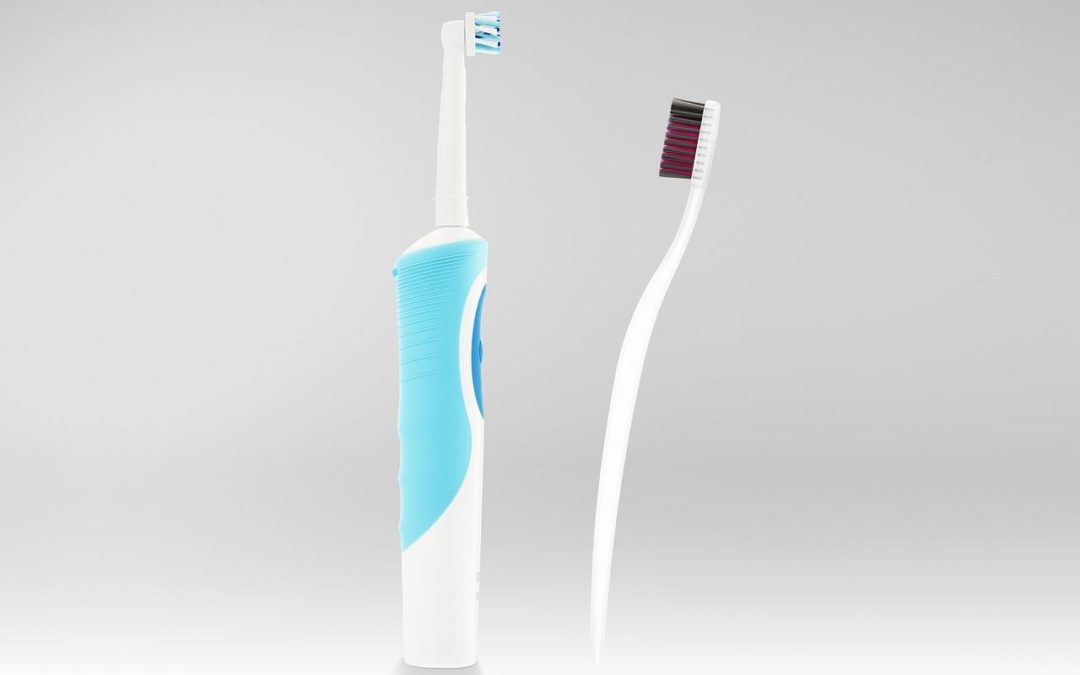Though many of us recognize the importance of dental hygiene, we often overlook one of the most important elements of our routine: the toothbrush. You only use your toothbrush for four minutes each day (two minutes in the morning and two at night), but how well your toothbrush is actually able to clean your mouth is crucial.
There is much to consider when picking out your ideal toothbrush. NW Calgary Dentists at Dentrix Dental Care recommend electric toothbrushes for easier, faster brushing. However, understanding the differences between the two options can help narrow down your selection next time you’re in need of a new toothbrush.
Traditional Toothbrushes
The traditional toothbrush is often the one you receive when you visit your dentist for a regular check-up. These come in a variety of different styles. You can pick their colour, soft or hard bristles, and toothbrush size. They are often less expensive than electric toothbrushes.
With the traditional form, you move the toothbrush in your mouth yourself, rather than relying on battery power or a charger. This may be harder for individuals with dexterity issues, such as arthritis or Parkinson’s. The manual toothbrush requires the full two minutes of brushing, and making sure you are accessing hard-to-reach places in your mouth is key. You must also be sure to lightly brush your gums and tongue in the process!
Electric Toothbrushes
Electric toothbrushes are more expensive and use battery power if they are not rechargeable. There is a growing selection of electric toothbrushes, in a variety of colours and styles, just like with the manual toothbrush.
Many people find electric toothbrushes easier to handle because they do not require much movement. The automated bristles reach more difficult parts of the mouth with less effort—no scrubbing needed! They also prevent you from brushing your teeth too hard because the pressure in the electric toothbrush is automated as well.
Children may find electric toothbrushes easier to manoeuvre since they do not have to brush for the full two minutes to completely clean their teeth. Electric toothbrushes for children often have fun characters or play songs that are the appropriate brushing length, so your child never stops short.
These toothbrushes in general may also include a regular timer, for children and adults who may underestimate the amount of time it takes to brush.
So, Which Toothbrush Is “Better?”
Electric toothbrushes clean teeth faster, regulate their own pressure, and alleviate pain for people with conditions such as arthritis. If any of those characteristics appeal to you, then the electric toothbrush will work best.
The manual, on the other hand, is simple and inexpensive. There is no need to worry about battery life. But it may take a little more effort to brush your teeth.
While the toothbrush you do pick is important, it is also good to remember that no matter what you pick, manual toothbrushes and electric toothbrushes serve the same function: cleaning your teeth. While research shows that electric toothbrushes seem to have an edge over manual toothbrushes—electric toothbrushes reduced more plaque over time than their manual counterparts—brushing and flossing properly every day is ultimately the most important thing.
Neither is necessarily “more effective” than the other, and picking between the two depends on your own personal preferences. However, there are general suggestions to follow when picking any kind of toothbrush.
- Make sure to pick a toothbrush with soft bristles that won’t harm your teeth or gums.
- Hold your toothbrush at a forty-five-degree angle and make short back and forth strokes along your teeth. Make sure to clean the inside of your teeth as well.
- Buy a new toothbrush or change out the head on your electric every three to four months to keep bristles from wearing down and ensure the cleanliness of your brush.
With these guidelines, any toothbrush you pick will be sure to get the job done.

